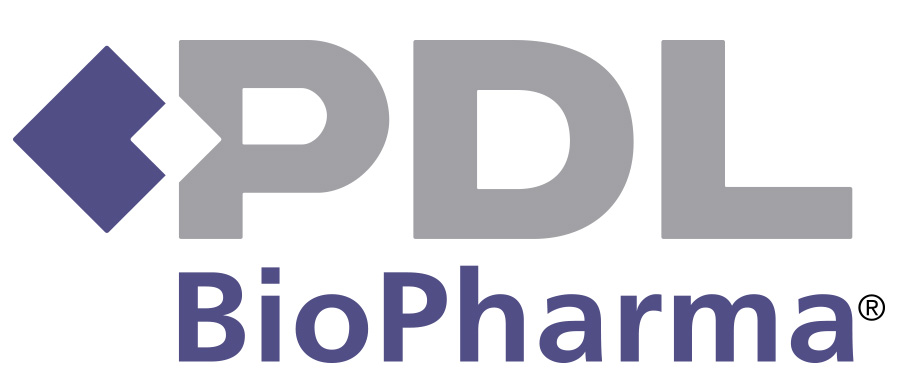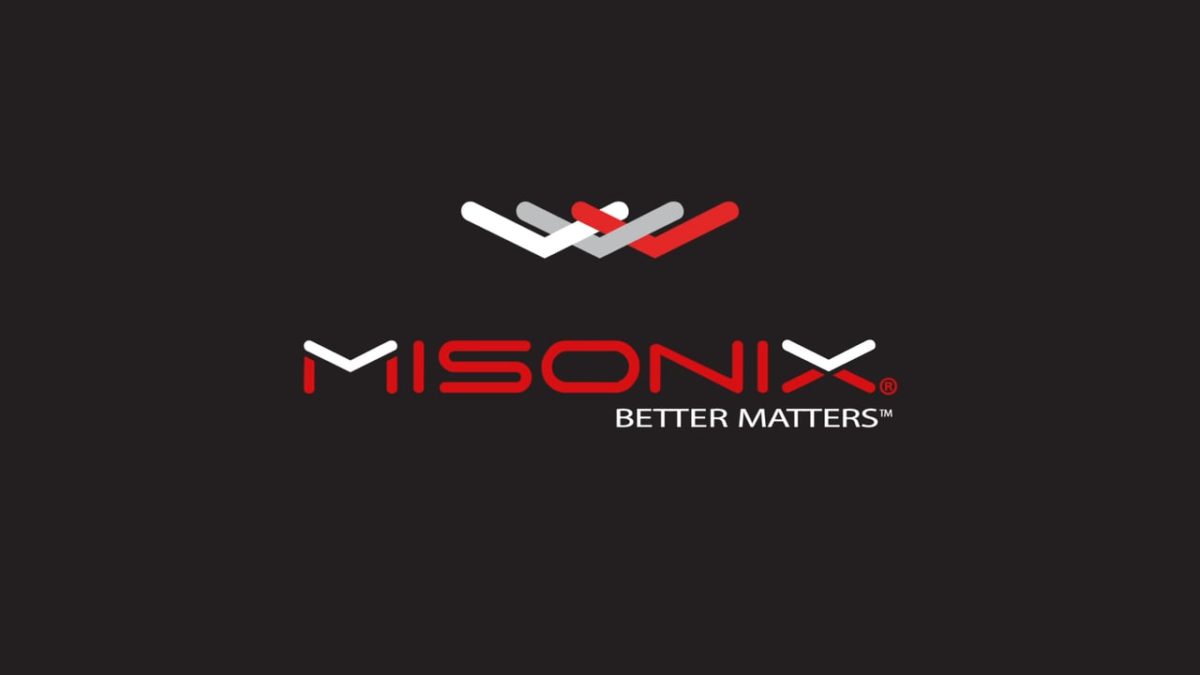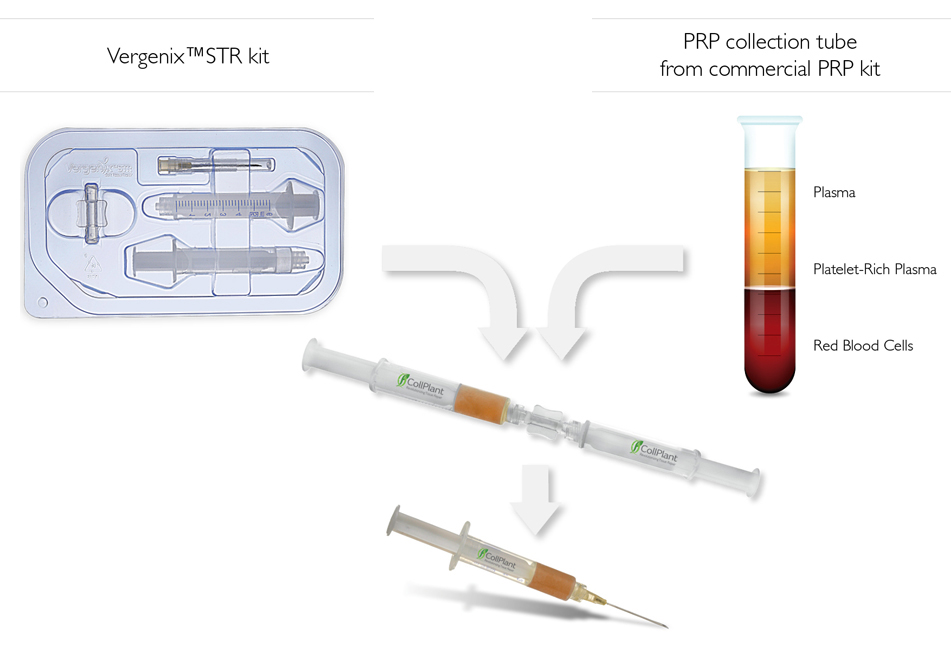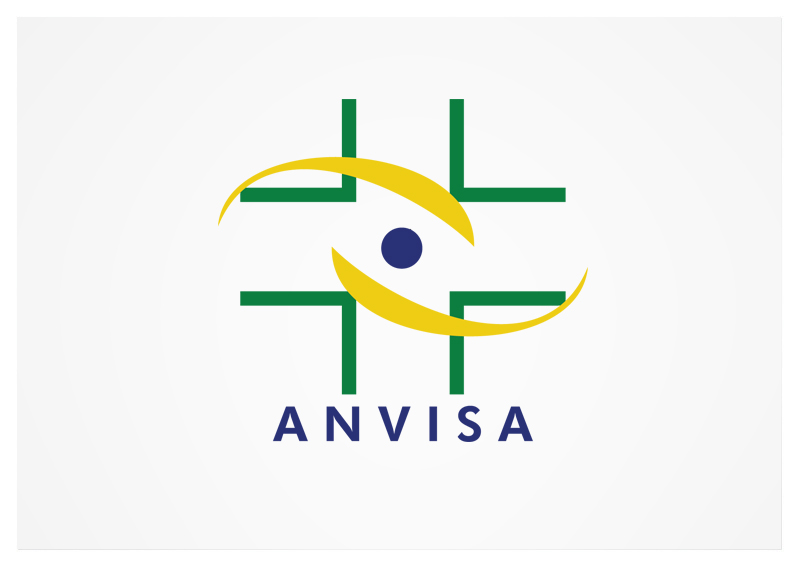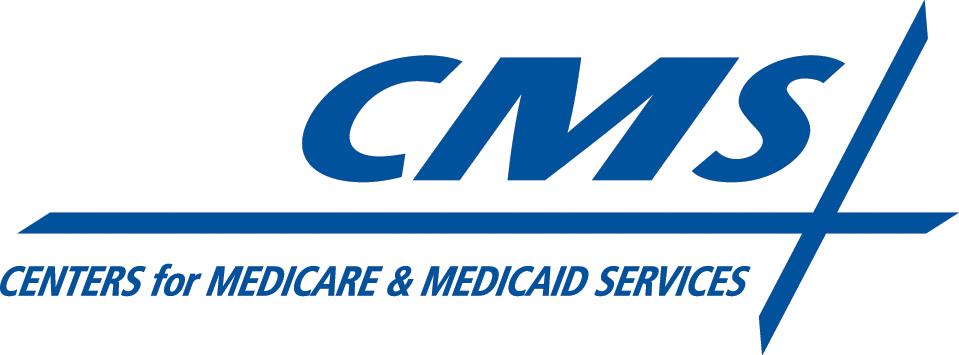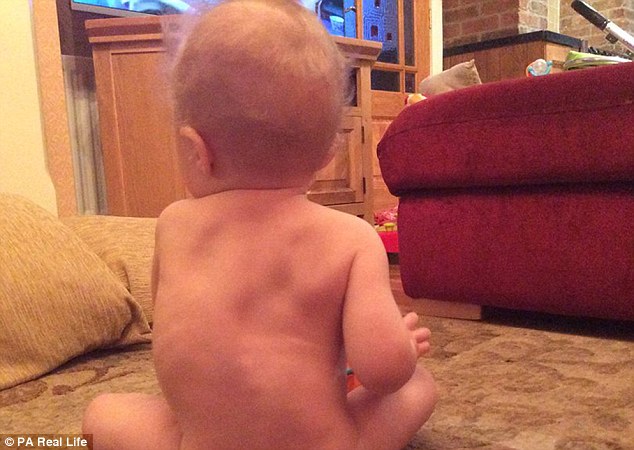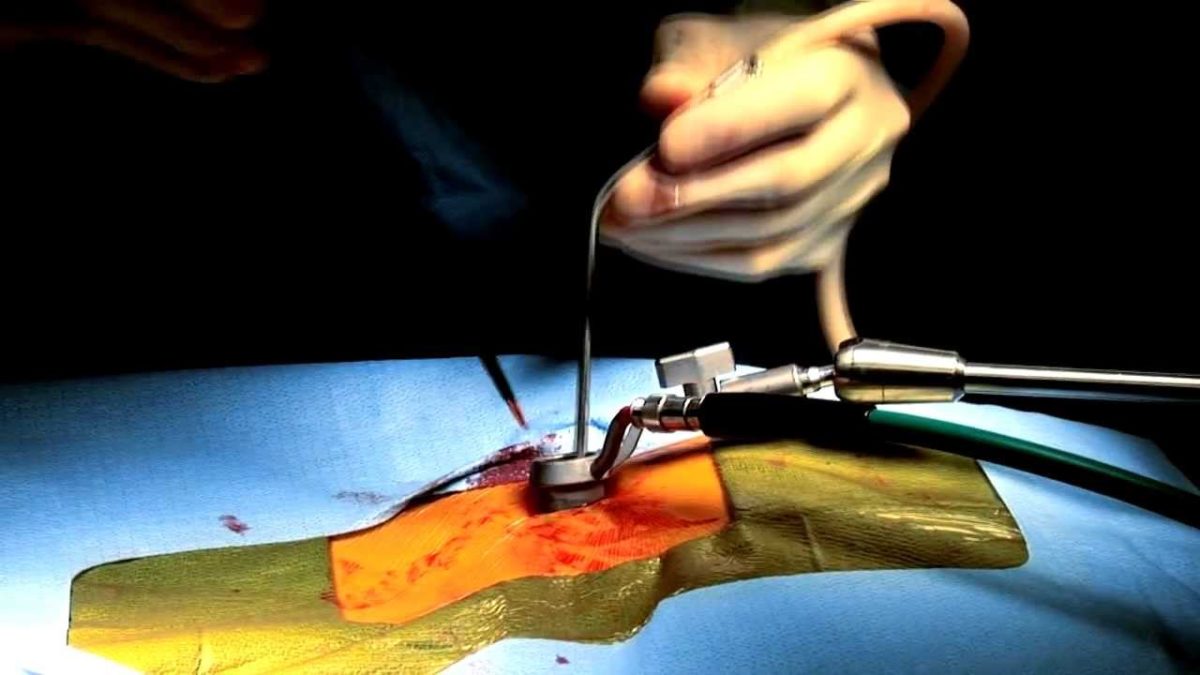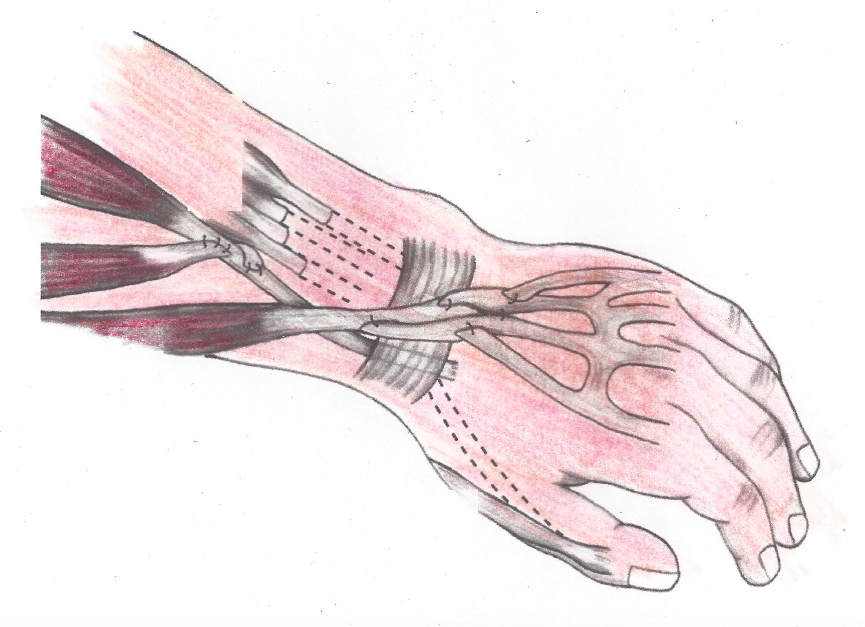INCLINE VILLAGE, Nev., Aug. 29, 2016 /PRNewswire/ — PDL BioPharma, Inc. (NASDAQ: PDLI) (PDL or the Company) today announced that PDL has received approximately $57.4 million in connection with the termination of PDL’s credit agreement with Paradigm Spine, LLC, which included a repayment of the full principal amount outstanding of $54.7 million as well as accrued interest and a prepayment fee. In February 2014, PDL entered into a credit agreement with Paradigm Spine in which it made available up to $75.0 million of debt financing with a five-year term, and initially provided $50.0 million, net of fees. PDL subsequently provided an additional $4.0 million in October 2015 as part of an amendment to the credit agreement.
“We are pleased with the successful conclusion of our debt financing to Paradigm Spine and the return on investment it has generated for PDL. This marks the fifth matured investment of the 17 income generating asset transactions we have entered into since we began these efforts in mid-2012,” stated John P. McLaughlin, president and chief executive officer of PDL. “We congratulate Paradigm Spine on their commercial progress and thank them for the opportunity to partner with them by offering debt financing to support their commercialization efforts.”
About PDL BioPharma, Inc.
PDL seeks to acquire pharmaceutical products through equity investments and also provide growth capital and financing solutions to late-stage public and private healthcare companies, including immediate financial monetization of royalty streams to companies, academic institutions, and inventors. PDL has committed over $1.4 billion and funded approximately $1.1 billion in these investments to date. PDL evaluates its investments based on the quality of the income generating assets and potential returns on investment. PDL is currently focused on acquiring and managing income generating assets, and maximizing value for its stockholders.
The Company was formerly known as Protein Design Labs, Inc. and changed its name to PDL BioPharma, Inc. in 2006. PDL was founded in 1986 and is headquartered in Incline Village, Nevada. PDL pioneered the humanization of monoclonal antibodies and, by doing so, enabled the discovery of a new generation of targeted treatments for cancer and immunologic diseases for which it receives significant royalty revenue.
PDL BioPharma and the PDL BioPharma logo are considered trademarks of PDL BioPharma, Inc.
Logo – http://photos.prnewswire.com/prnh/20110822/SF55808LOGO
SOURCE PDL BioPharma, Inc.
